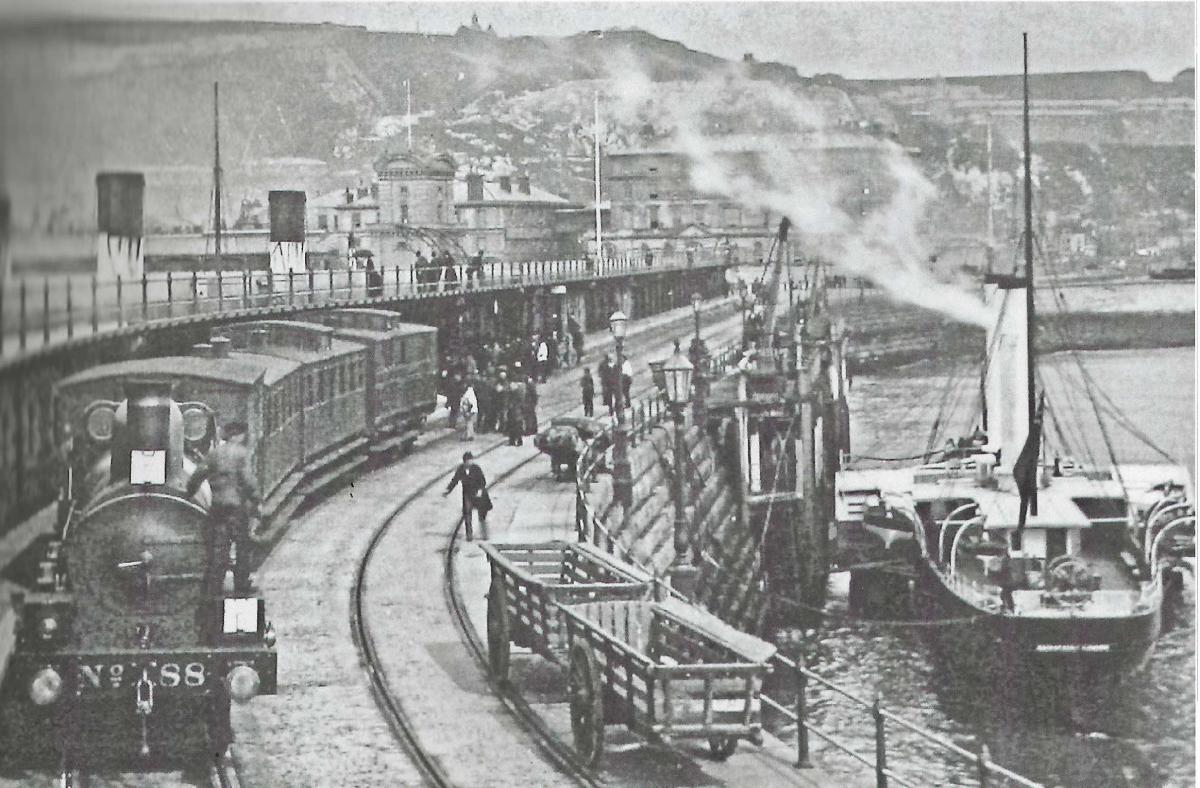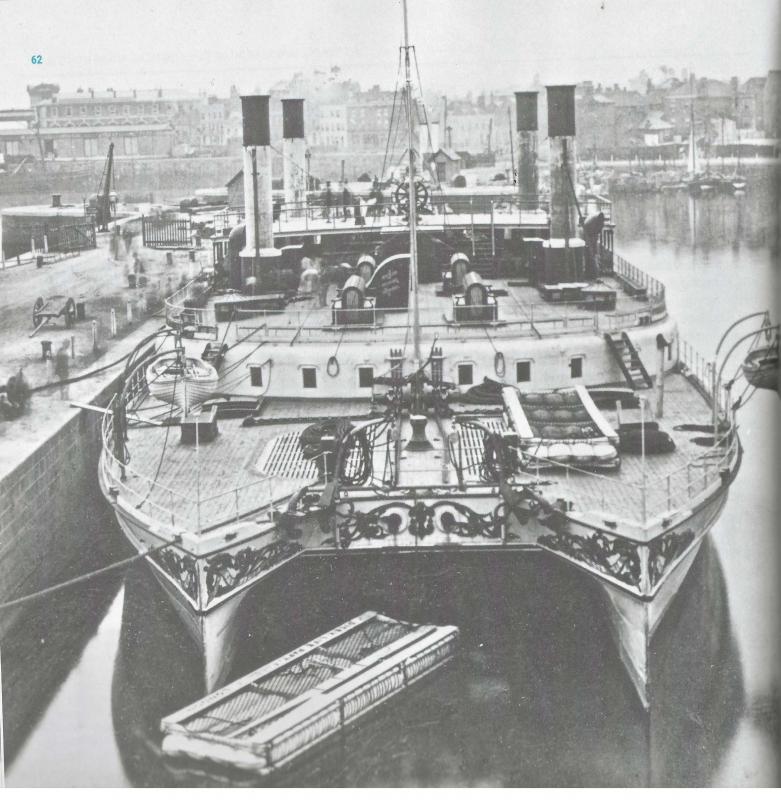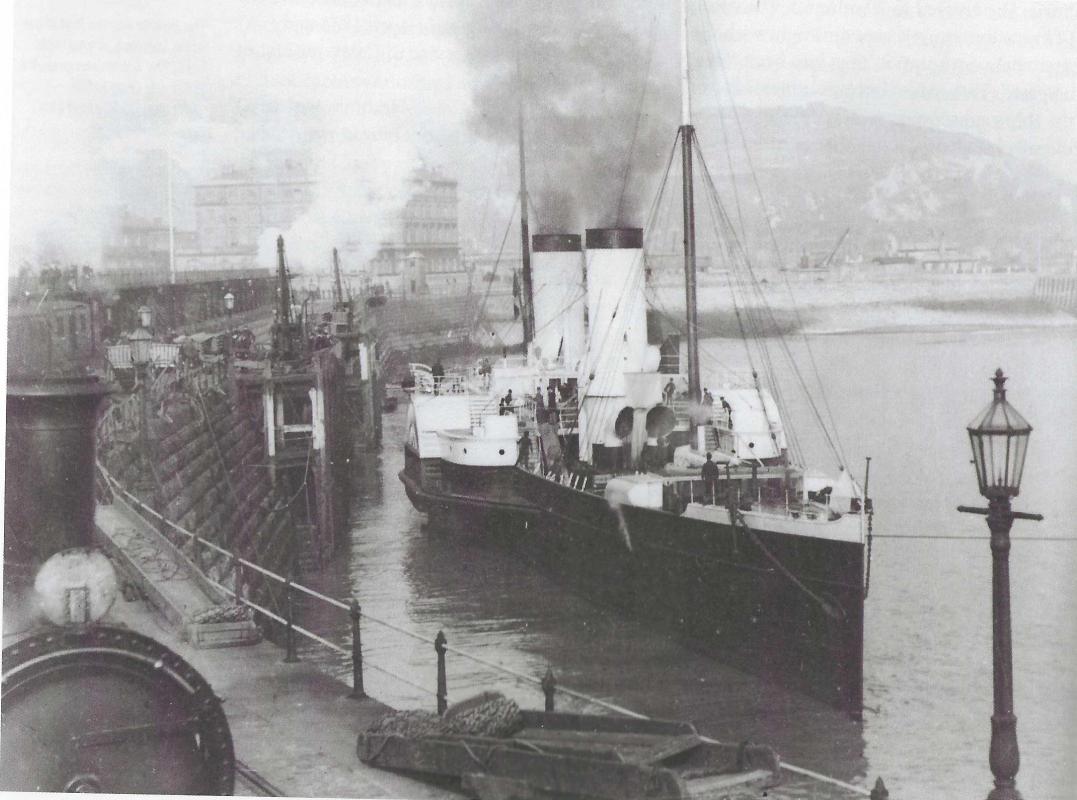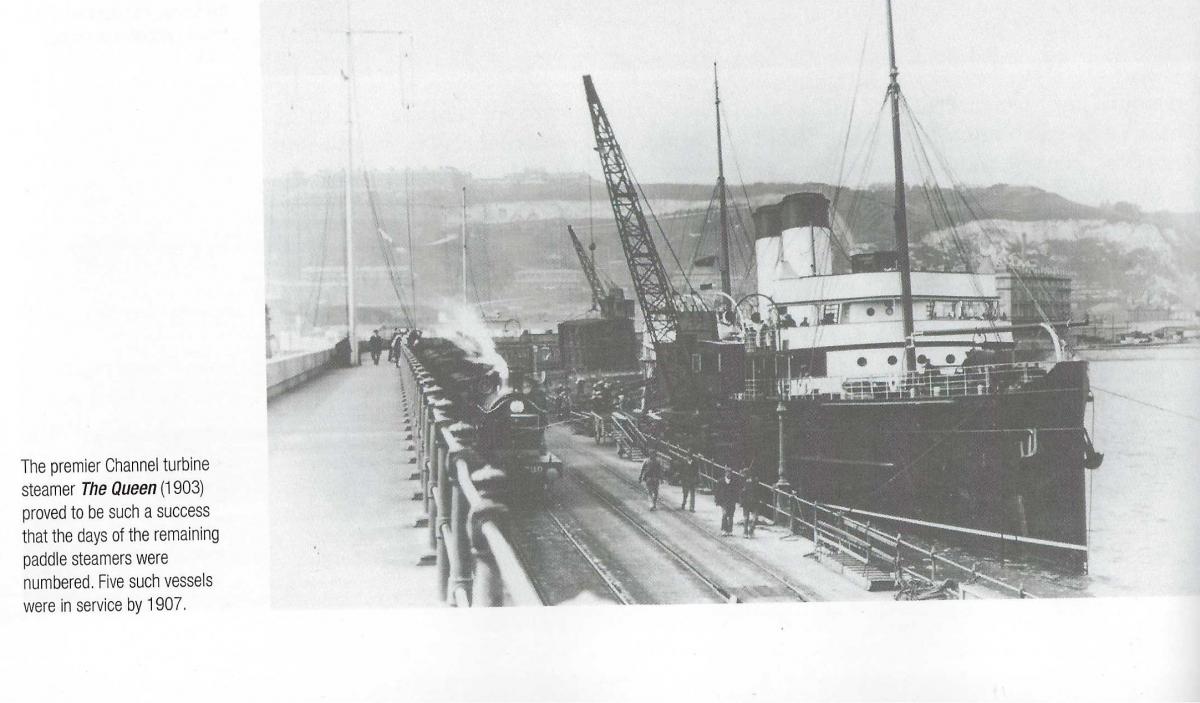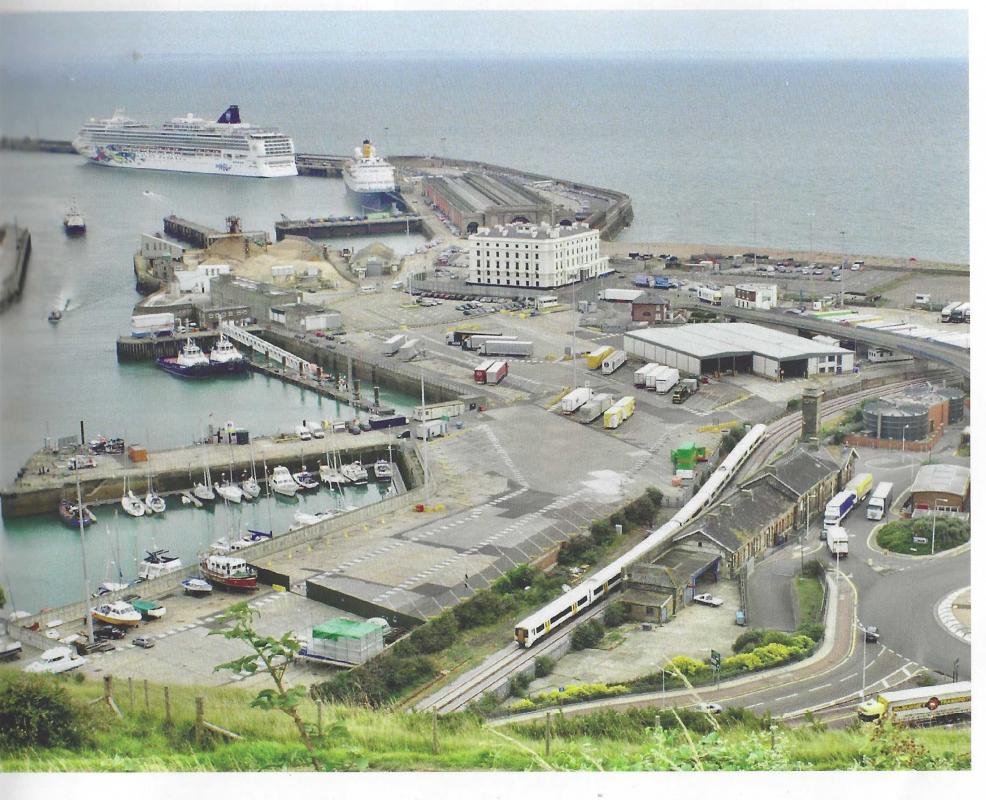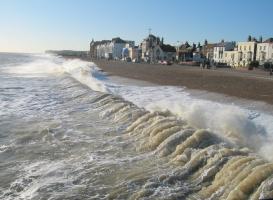Crossing the Silver Streak
Mon, Oct 7th 2024 at 6:46 pm- Tue, Dec 31st 2024 - 8:46 pm
John Hendy gives an account of his fascination with the development of the Port of Dover and of the many ships which have made the channel crossing from early paddle steamers to the current large ferries.
John Hendy: Crossing the Silver Streak
Over the years John developed a fascination for the ferries sailing between Dover and France, a fascination that began when at the age of five he learnt that his father was a barman on the ‘Maid of Orleans’, a ship on which he was taken from Folkestone to Dover; he found this a magical experience.
John is a pioneer on publishing local books about the history of the channel crossing and the ferries involved. He wrote his first ship history aged 18 when he was at Dover Boys’ Grammar School. His talk was based on his book on Chatham Steamers published in 2021.
An illustration of Dover Harbour before the coming of the railway in 1844 shows the Pent (later named the Wellington Dock), the Basin (later the Granville Docks), with north and south piers facing the entrance to the harbour from the tidal basin.
An example of an early paddle steamer was the Ariel, built in 1821 at Rotherhithe. A painting shows it being welcomed at Dover Harbour in rough seas as it brings Prince Albert to England for his marriage to Queen Victoria. These small ships sailed in all weathers carrying the mail to and fro. They were manned by expert sailors from the Dover and Folkestone areas who worked long hours in dangerous and arduous conditions, some losing their lives. It was only the rich and important who would travel but this was to change.
By 1343 the South East Railway from London Bridge had reached Folkestone and was then extended along the coast to Dover the following year. The South East Railway planned to offer a cross channel shipping service from Dover but this competition was not welcomed by the Dover Harbour Commissioners, including the Duke of Wellington.
When Folkestone, a small and undeveloped harbour, was put up for sale, it was bought by the chairman of the South East Railway as it meant that it could develop its own port as well as avoiding berthing dues and control from the local council and Admiralty at Dover. The fear that Dover could end up as a minor port at the end of a branch line was inflamed by the local Dover press, which created much ill-feeling. However, the South East Railway became an important aspect of the growing cross channel trade and ownership. Their ships became known as ’Packet Ships’ because of their cargo from the Packet Yard in the harbour.
The second half of the 19th Century became known as the '40 years railway war’ as a rail company which was small and local began to develop in Kent and was at first not seen as a rival to the South East Railway. Starting in North Kent it gradually extended down to Faversham and then Canterbury and up to Victoria in London. It didn’t reach Dover until 1861. The result of this rivalry was a duplication of services. The London, Chatham and Dover Railway did not have all the access to port facilities as the East Kent Railway had. When by 1864 it was able to have rail access to the Admiralty Pier as well as its rival, it began to increase receipts.
The ‘Samphire’ (1861 – 1898) was the first of seven new steamers ordered by the London, Chatham and Dover Railway. These were the first to have private cabins, for 300 passengers. However, they were still small ships and the greatest worry for passengers was sea sickness. Larger ships could not be introduced because of the small harbours across the channel.
Once the Admiralty Pier was in use by 1851, the South East Railway had the Lord Warden Hotel built so that if the weather was bad people could stay there and catch a later boat. The Dover Town Station was next to the Hotel with a bridge between the two.
Other attempts were made to stop passengers being sick by altering the design of boats, particularly the ‘Peculiar’ vessels. Peculiar I was as catamaran, much larger and broader than normal ships but it was slow and underpowered. Peculiar 2 also had two separate hulks, used more water and generated more power but was uneconomic and never used in winter. Peculiar 3 was a strange low vessel with four paddles, a ‘swing saloon’ to stop sickness but no means of stopping the fore and aft movement. On a special trip to Calais the stern became uncontrollable on entering the harbour and the boat smashed into the jetty.
It was 1882 when the London, Chatham and Dover Railway began to use cargo ships such as the ‘Invicta’, the last one built on the Thames, where most paddle steamers had been built. After that the majority of ships were built at Dumbarton on the Clyde, such as ‘Victoria’ in 1886 followed by ‘Empress’ ‘Dover’, ‘Calais’ and ‘Lord Warden’, the last ships of the London, Chatham and Dover Railway. These were the ships that attempted to cross the channel in less than one hour, which was achieved by ‘Empress’ in 1887 in a time of 59 minutes 14 seconds. Most crossings were just over the hour.
Another important change came with the introduction of the new turbine steam engines which were cheaper and easier to make. By 1910 enough of the turbine steamers had been made to replace the old paddle steamers. The new ships had passenger accommodation first class but no second class as only the rich could afford to travel, and their servants took up the inferior accommodation. More and more cars could be taken on board by crane and by 1911 the first ships with car decks had been built.
Greater comfort and protection for passengers in interior lounges was introduced in the ‘Isle of Thanet’ and ‘Maid of Kent’. They were built in Dumbarton in 1925 and remained in service until 1965. Both became Hospital Ships in World War 2, when, unfortunately, the ‘Maid of Kent’ was bombed by a German plane and 17 of the crew killed.
In 1930 Stuart Townsend introduced a rudimentary car ferry which had a level for 30 cars and room for passengers. By 1952 his second Hand ‘Lord Warden’ had been adapted for carrying 120 cars as well as having a bar and restaurant with waiter service. In 1953 the first two drive on – drive off ferry berths were available at the port. Before that all cars and even coaches were craned aboard. By 1965 the Eastern Dock car ferries had expanded with drive through facilities onto and off the ferries. Ferries had to become larger to cope with lorries, as we can see by the size of the current ones.
In 1983 all ships were under the British Flag and crewed by British staff, most of them local, but all that has changed. In 2021 DFDS, a Danish firm with Chinese built ships, began operating. We also have three Irish Ferries as well as the Dubai owned P and O Ferries. In 2023, with the availability of unemployed foreign crew from cruise liners, P and O replaced their staff with cheaper foreign labour and many local people lost their jobs.
Sadly, there are now no British operations at the Dover Port where the British founded then developed the cross channel trade over so many years.
'What We Do' Main Pages:

Contact us if your school would like to get involved with growing crocuses and helping to end Polio.
more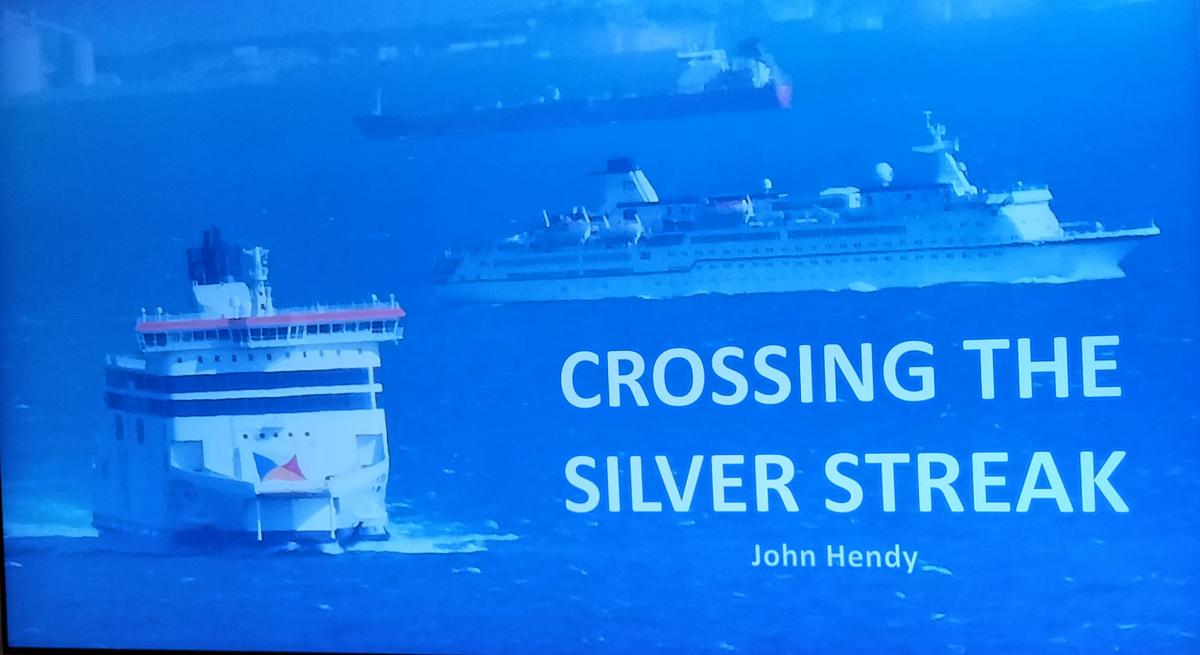
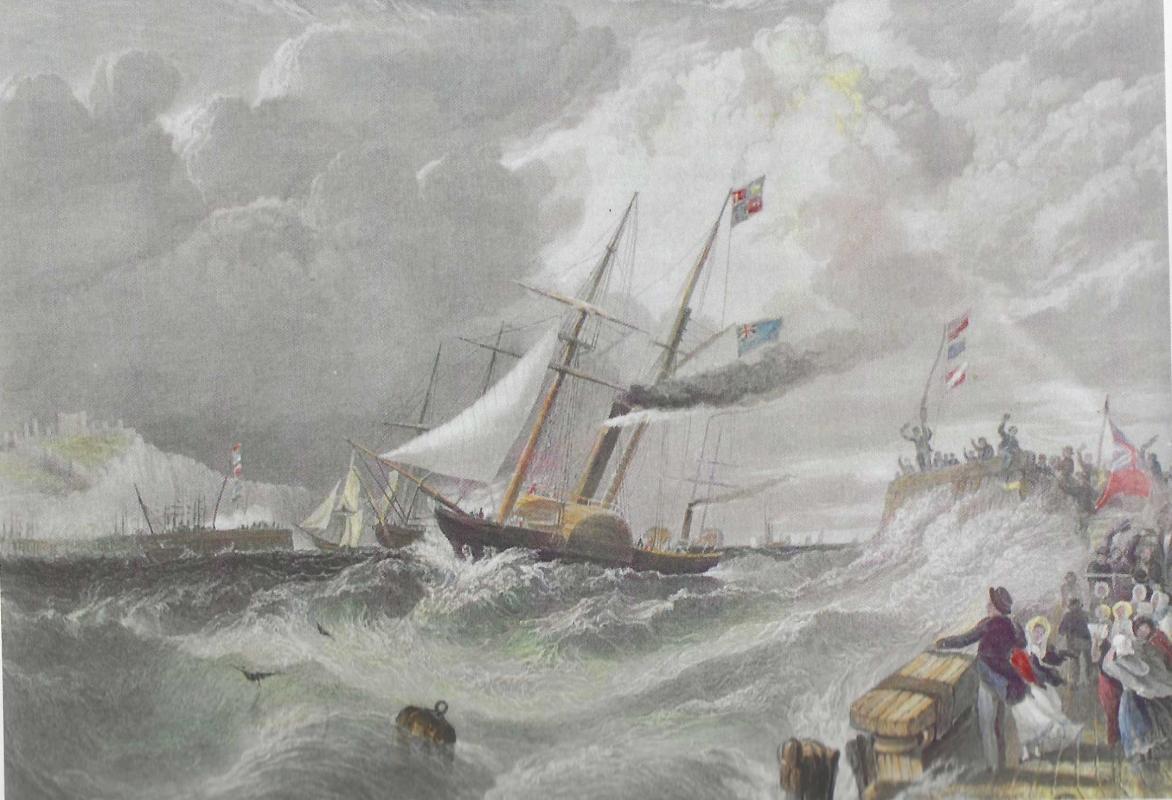
.jpg)
